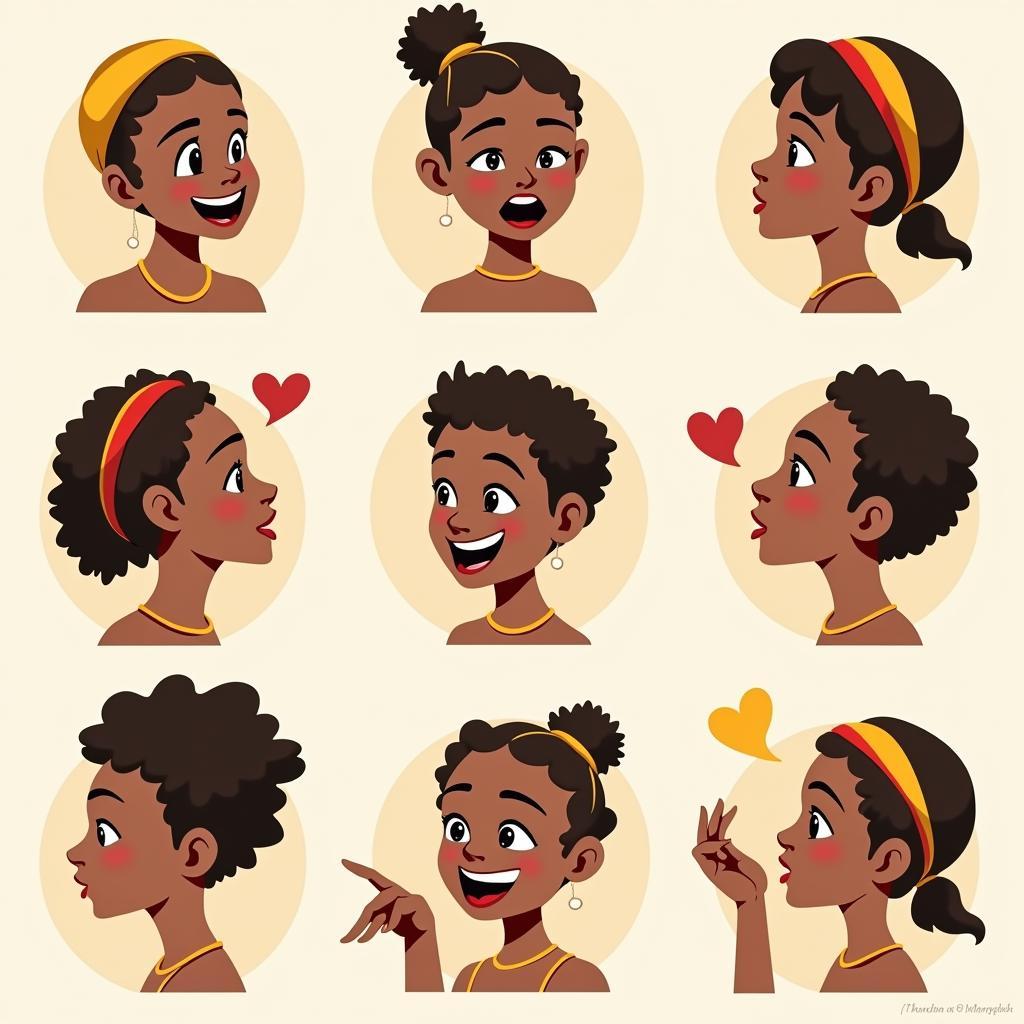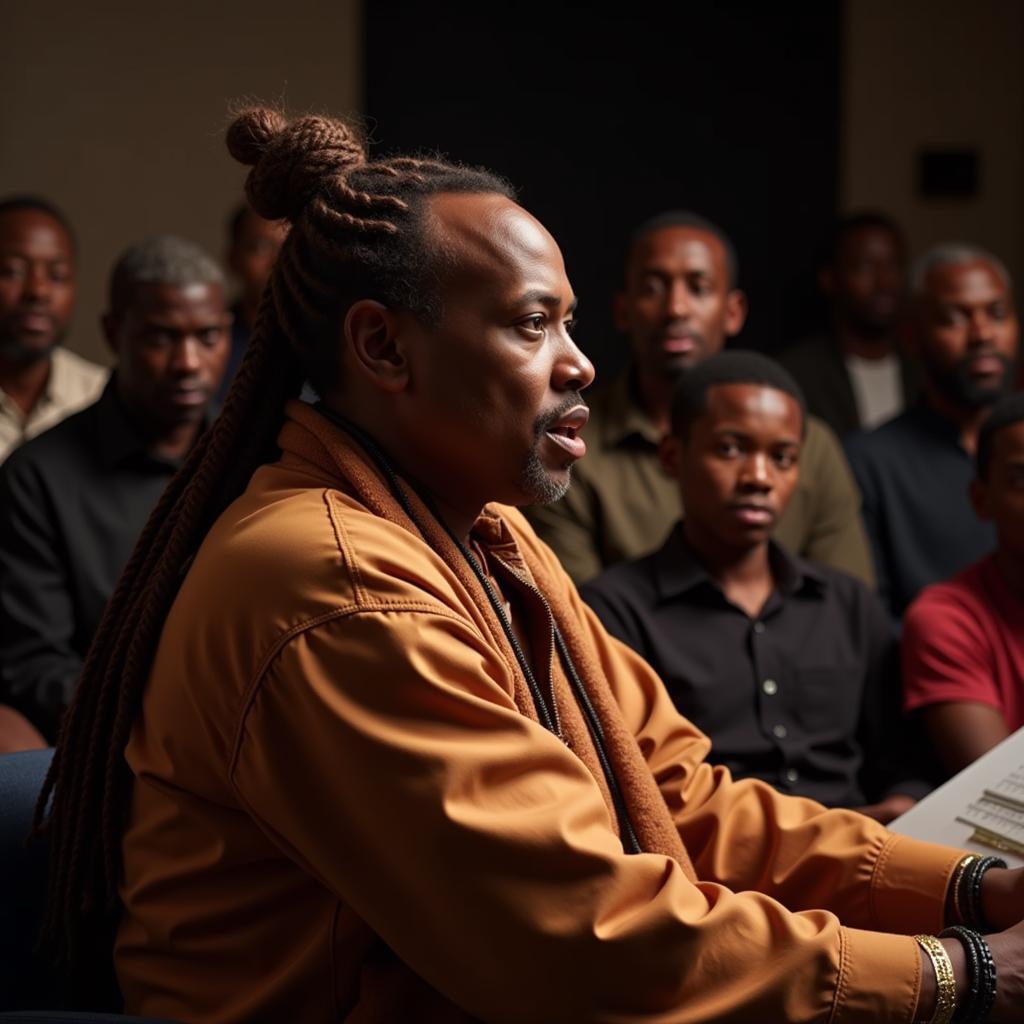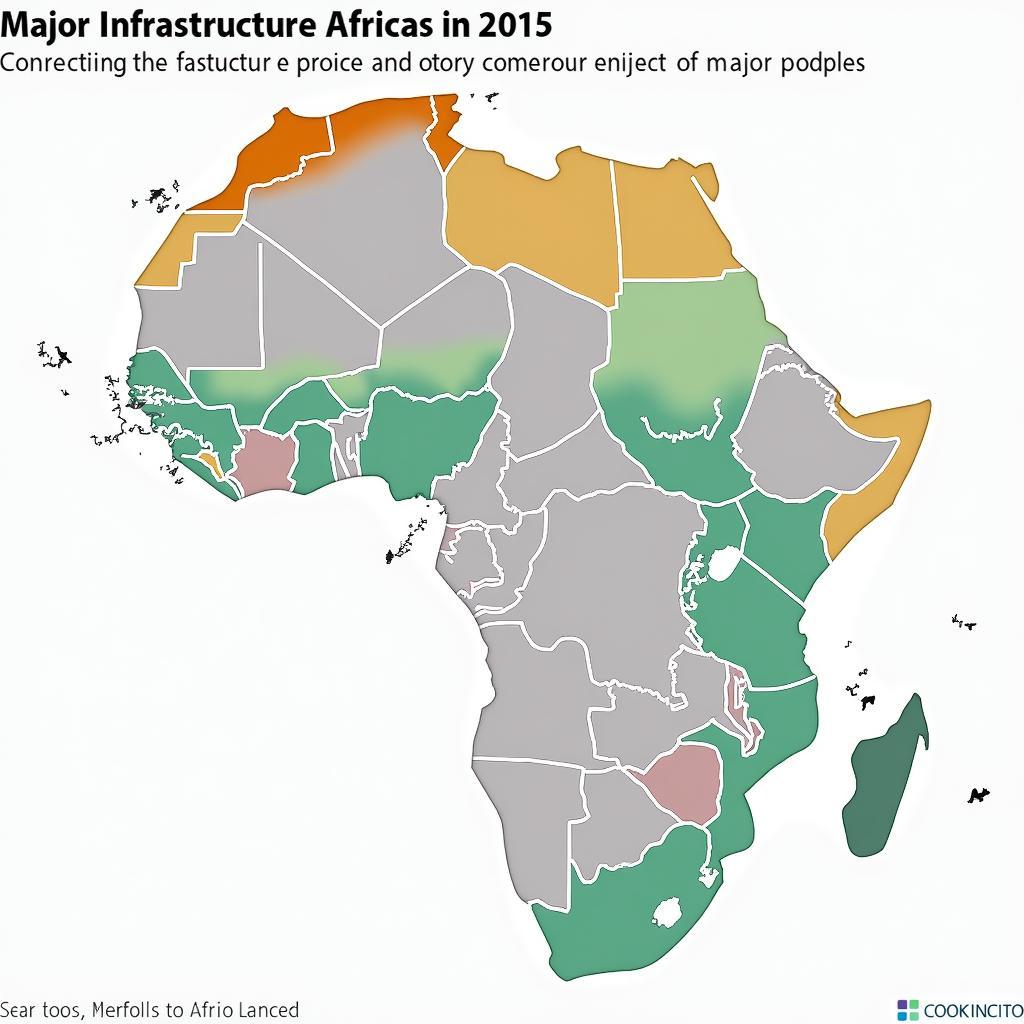Decoding the African Language Word for “The Look”
The quest to find a single African language word for “the look” is a fascinating journey into the continent’s linguistic diversity. Africa boasts over 2,000 languages, each with its unique nuances and expressions. While a direct translation for “the look” might not exist across all these languages, exploring how different cultures convey this nonverbal communication reveals rich insights into their worldviews.
The Complexity of “The Look” Across African Cultures
“The look” isn’t just a simple glance; it’s a complex form of nonverbal communication laden with meaning. It can convey a spectrum of emotions, from affection and admiration to disapproval and warning. In African cultures, where oral traditions and nonverbal cues often hold significant weight, understanding “the look” becomes crucial for navigating social interactions. For example, a parent’s stern look can silently communicate a warning to a child, while a shared glance between lovers can express deep affection.
One key aspect of understanding “the look” is recognizing its cultural context. What might be considered a disrespectful stare in one culture could be a sign of respect in another. Eye contact, in particular, is governed by complex cultural rules. In some communities, direct eye contact is encouraged, while in others, it can be seen as challenging or disrespectful, especially towards elders.
 Exploring African Nonverbal Communication
Exploring African Nonverbal Communication
Exploring Expressions for “The Look” in Specific African Languages
While a universal African word for “the look” remains elusive, exploring specific languages reveals a rich tapestry of expressions that capture its essence. In Swahili, a widely spoken language in East Africa, the word “kutazama” means “to look,” but to capture “the look,” one might use phrases like “jicho kali” (fierce eye) or “kumtazama kwa ukali” (to look at someone fiercely). Similarly, in Zulu, the word “ukubuka” translates to “to look,” but to express “the look,” one might say “ukubuka ngolaka” (to look with anger) or “ukubuka ngothando” (to look with love).
These examples demonstrate how African languages often use descriptive phrases to convey the specific nuance of “the look.” The emotions associated with the look become integral to the expression itself. This highlights the importance of context and the richness of African languages in capturing the subtleties of nonverbal communication.
The Role of Context in Interpreting “The Look”
Context plays a vital role in interpreting “the look” across African cultures. Factors such as age, gender, social status, and the relationship between individuals all contribute to the meaning conveyed. For example, a direct look from an elder can be a sign of authority, while the same look from a peer might be interpreted as a challenge. Understanding these contextual cues is essential for avoiding misunderstandings and navigating social interactions effectively.
For those interested in delving deeper into African languages, an African language dictionary can be a valuable resource. It offers a glimpse into the diverse ways different cultures express themselves. It’s also a reminder of the ongoing efforts to preserve and celebrate these rich linguistic traditions.
“The Look” and African Storytelling
“The look” also plays a significant role in African storytelling, both oral and written. Storytellers often use vivid descriptions of characters’ looks to convey emotions, intentions, and underlying conflicts. These descriptions go beyond mere physical appearance and delve into the characters’ inner world, enriching the narrative and engaging the audience. Consider checking out some African jungle movies on YouTube to see how these expressions are conveyed visually. This adds another layer to our understanding of how “the look” is embedded within African culture.
 The Power of "The Look" in African Storytelling
The Power of "The Look" in African Storytelling
Conclusion
While pinpointing a single African language word for “the look” remains a complex task, the exploration itself reveals a wealth of insights into the continent’s diverse cultures and languages. “The look,” far from being a simple action, becomes a multifaceted form of communication, deeply intertwined with cultural context and emotional nuance. By understanding these nuances, we gain a deeper appreciation for the richness and complexity of African communication.
FAQ
- How many languages are spoken in Africa? (Over 2,000)
- Is there one word for “the look” in all African languages? (No, each language has unique expressions.)
- Why is context important when interpreting “the look”? (Context helps understand the intended meaning based on relationships, age, etc.)
- How does “the look” feature in African storytelling? (It’s used to convey emotions and character development.)
- Where can I learn more about African languages? (Online resources and African language dictionaries)
- How does eye contact vary across African cultures? (Rules vary; direct eye contact can be respectful or disrespectful depending on the context)
- What are some examples of phrases used to express “the look” in African languages? (Examples include “jicho kali” in Swahili and “ukubuka ngolaka” in Zulu)
For support, contact us at +255768904061, kaka.mag@gmail.com, or visit us in Mbarali DC Mawindi, Kangaga, Tanzania. We have a 24/7 customer service team.

